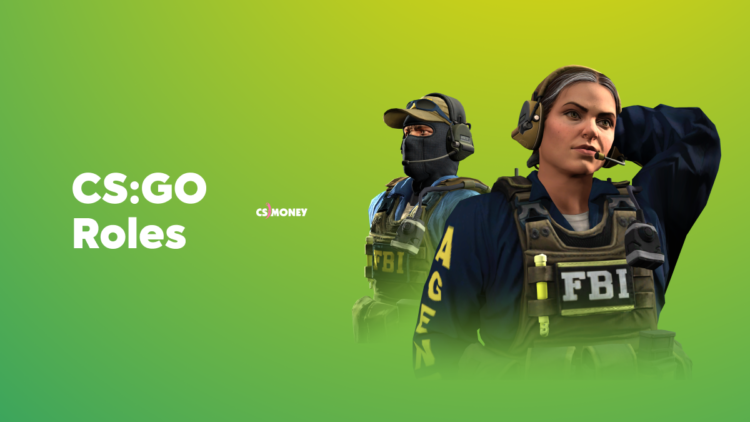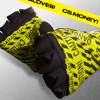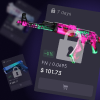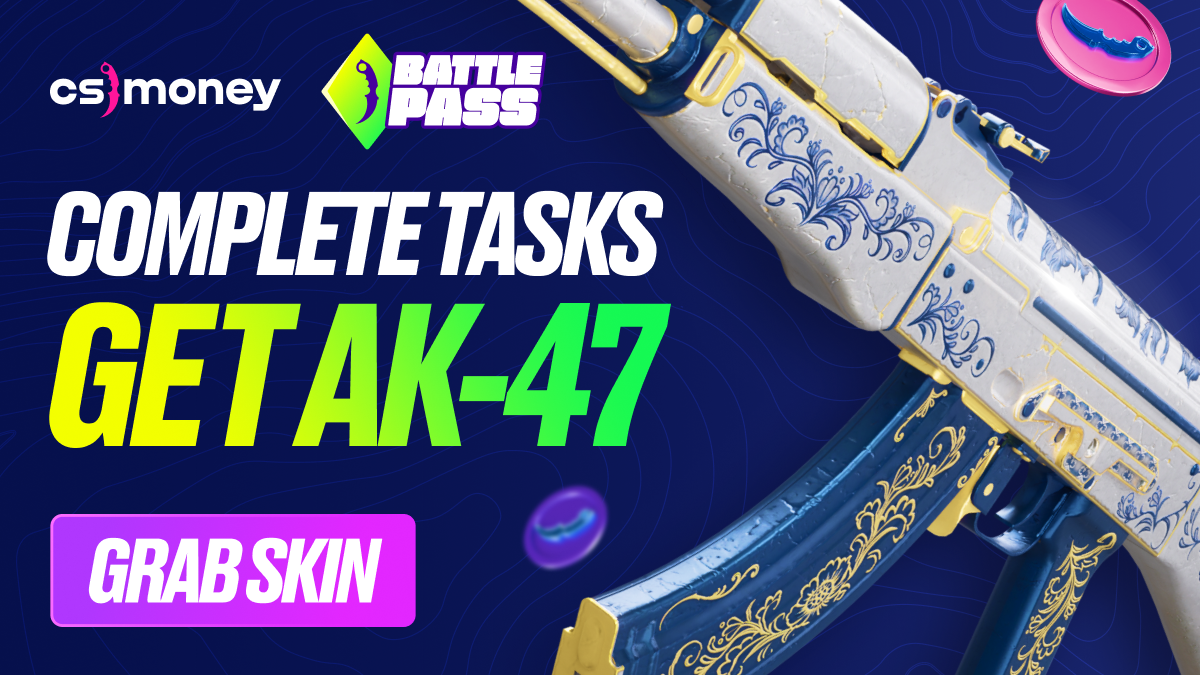Counter-Strike: Global Offensive is a team game. And just like any other team game, it involves the distribution of roles. The CS.MONEY Blog is here to elaborate on who you can be in the game and why distinguishing roles in CS:GO is so important.

AWPer
One of the oldest roles in CS:GO. The AWP is the most powerful and second most expensive gun in the game. The player who has mastered it to perfection occupies a truly special role on the team. They become the squad’s sniper.
It’s almost impossible to overestimate the sniper’s potential contribution to victory. This is evidenced by the words of the Astralis captain Lukas “gla1ve” Rossander, who said that without a dedicated sniper, the team is unlikely to be the top 1 club in the foreseeable future.
Obviously, the main task of the sniper is to procure an AWP, by hook or by crook. In professional encounters, the most interesting stuff begins after this moment, with the sniper beginning to implement a certain predetermined tactic. But more often than not, the AWPer serves as a kind of barrier at the passage to the site or opens up this very passage.
Lurker
The lurker’s main task is to gather intel about the enemy and use it to bypass or flank them. This player often plays on their own, separated from the team. The lurker can intercept rotations and flank the enemy, thus destroying the site’s defense.
If playing as CT, the lurker has no room for maneuvers. In some rounds, though, the lurker may act aggressively. In this case, they can do exactly what they’re supposed to do as T: gather intel, thwart rotations, and engage the opponents from behind.
Anchor
Another “exclusive” role, but this time, for the defense side. Anchor players — there are usually two of them — are “attached” to the bombsites. They are the first to secure them and the last to leave. Anchor players have a very simple task: they must delay opponents’ site execution for as long as possible. All the tools are at their service: grenades, weapons, acting as a smoke criminal (shoutout to Stewie2k :P). This will give their teammates time to rotate toward the site before the bomb was planted.
If deterring an attack seemed child’s play to you, here’s another challenge: a good anchor player never leaves the site unnecessarily. So when do you rotate? That’s a tough question, but here’s a good rule of thumb: when the C4 is spotted on the second site, rotation is definitely in order.
Entry fragger
This player acts as aggressively as possible, trying to gain an early advantage for the team. This role is often combined with the AWPer. The killing power of the AWP is more than enough for a quick frag at the beginning of the round.
If the entry fragger wins his duel, the chances of victory in the round increase significantly. For successful firefights, the entry fragger must rely not only on their understanding of the game and reaction but also on the next type of player.
Support
The player who provides support to their teammates. But don’t mistake this role for a heal bot from an MMORPG whose only activities are pressing a button and staring at the wall. In Counter-Strike: Global Offensive, this player throws grenades and provides fire support. Both tasks are quite challenging.
To make correct throws, you need to memorize a dozen of spots on each map and know the timings. If thrown at the right moment, a flash can secure a win in the round. Otherwise, it can blind a teammate and make your opponent’s job a lot easier.
In addition to handling grenades, fire support is a must as well. We’re talking about not only securing positions but also the exchange. It’s the support who exchanges the entry fragger or helps the sniper to hold their position. Bottom line: having a support player on a team is a must as he collaborates with all other roles in CS:GO.
In-game leader (IGL/captain)
Every team needs a captain — someone who’ll hand out tasks in the round and coordinate everyone’s actions. In most prepared rounds, you need to make adjustments on the fly. The lurker should by all means know when they should start pushing. The anchor player needs to get from one site to another in time. This burden in its entirety falls on the captain.
The psychological side is another crucial aspect here. The captain should not only understand what their team does and why, but also be able to cheer up their teammates after an unsuccessful round. It used to be a common belief that the functions of the tactical mastermind were primary and drops in the captain’s stat were therefore acceptable. Now all top teams have a leader who plays on par with the rest of the squad.
Why do we need this distribution of roles?
Let’s start with the sad part. There is no clear distinguishing of roles in CS:GO matchmaking. Unlike Dota 2, Counter-Strike: Global Offensive has no clear division into “core” and “support” players. That’s why everyone is free to play in the way they want — the most typical scenario for an average match.
However, it would be wrong to assume that roles are only necessary for top teams. Even on amateur teams that will never exceed the fastcup level, the division into roles can be of great help. It structures the game and allows you to execute simple tactics in a match, greatly increasing your chances of winning.
If you’re playing to win, be sure to check out our grenade guides. For example, instructions on how to make a jumpthrow or everything there is to know about the Molotov cocktail.


Do you like getting CS:GO news in our vibe?
What are you waiting for? Hit subscribe!












